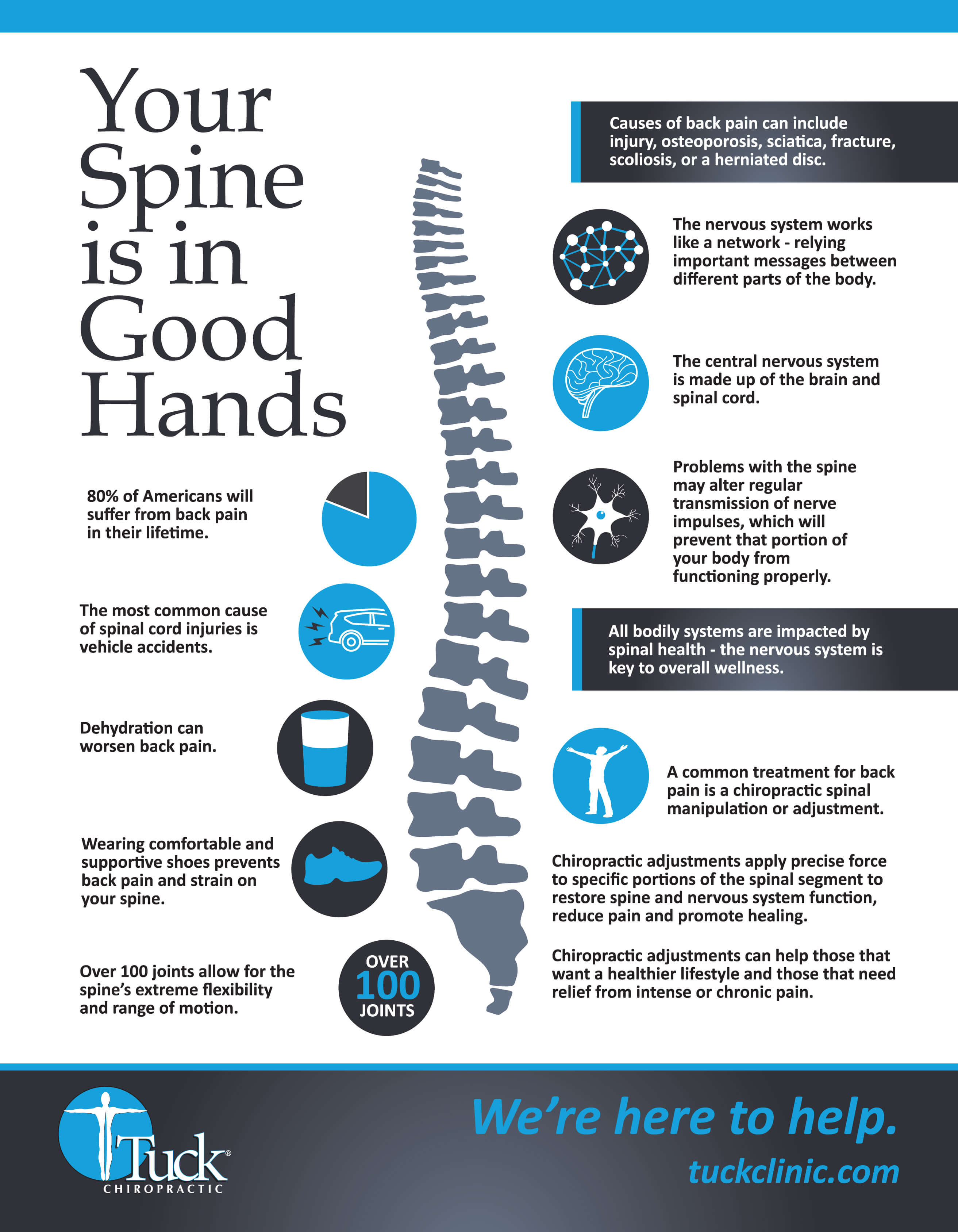Why Does Soft Tissue Treatment Hurt? Comprehending The Process
Why Does Soft Tissue Treatment Hurt? Comprehending The Process
Blog Article
Material Written By-Waddell Jacobson
When you go through soft Tissue therapy, you might find it surprisingly uneasy. This discomfort arises as pressure is related to tense muscular tissues and damaged cells, causing your pain receptors. While it can really feel traumatic in the moment, there's a reason behind this sensation. Comprehending what takes place in your body during these therapies can help you value the process. So, just what is taking place beneath the surface?
The Physiology of Discomfort Throughout Soft Tissue Therapy
When you undergo soft Tissue treatment, your body's reaction to discomfort is a complicated interplay of physical processes. As Suggested Online site uses pressure, your body triggers pain receptors, sending signals to your brain. This triggers the launch of natural chemicals, such as material P and glutamate, which enhance the feeling of pain.
Your muscular tissues might likewise tense up in feedback, more making complex the experience. Furthermore, your body may launch endorphins, all-natural pain relievers that can assist alleviate some discomfort.
The interaction between these processes can create an one-of-a-kind experience for each person. Understanding this physiological feedback aids you navigate the feelings during treatment, permitting you to value the equilibrium in between pain and the potential for healing advantages.
The Function of Discomfort in the Healing Refine
Although discomfort throughout soft Tissue therapy can really feel frustrating, it plays a critical duty in the healing process. When you experience discomfort, your body is indicating that it's functioning to fix broken cells. This feedback helps enhance blood circulation to the affected area, delivering crucial nutrients and oxygen required for healing.
Furthermore, pain can promote the launch of endorphins, your body's all-natural painkillers, producing a feeling of alleviation post-treatment. Welcoming this discomfort can help you recognize your body's restrictions and encourage you to resolve underlying problems.
While https://arthurlfauo.bloginder.com/33714785/enhance-your-game-important-sports-massage-therapy-techniques-for-optimal-recuperation , this process is crucial for long-lasting healing and enhanced function. Recognizing pain as an important part of recovery can encourage you to stay dedicated to your treatment.
Tips for Handling Discomfort Throughout and After Therapy
Taking care of discomfort throughout and after soft Tissue therapy can substantially boost your general experience and recuperation.
To start, interact freely with your specialist regarding your discomfort levels; they can adjust strategies appropriately. Utilizing deep breathing strategies can additionally aid you unwind and ease discomfort.
Think about using ice to the cured area post-session to decrease inflammation and numb pain. Staying moisturized aids in the recovery process, so consume alcohol lots of water.
Mild extending and light activity after treatment can advertise blood flow and simplicity tightness. Last but not least, ensure you get ample rest to enable your body to heal.
Implementing these tips can make your soft Tissue treatment a lot more convenient and satisfying.
Conclusion
To conclude, while soft Tissue therapy can be unpleasant, it's crucial to identify that this pain plays an essential role in your healing trip. By comprehending https://emiliosjzof.theisblog.com/33277751/with-necessary-sporting-activities-massage-strategies-within-your-reaches-uncover-exactly-how-to-open-your-full-potential-and-boost-your-recovery-like-never-in-the-past at play, you can come close to the treatment with an extra positive frame of mind. Bear in mind, the preliminary discomfort typically paves the way to relief as your body launches endorphins. Welcome the procedure, and don't be reluctant to utilize the ideas for managing pain to improve your experience and healing.
